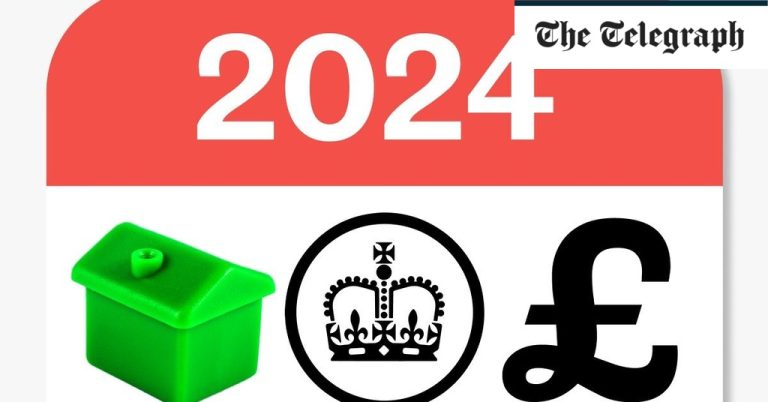Each individual is taxed at a rate of 40pc on all their assets above a threshold £325,000. This threshold is known as the nil-rate band.
But from April 2017 an added protection known as the “family home allowance”, or “main residence nil-rate band”, began to be phased in. This is now worth £175,000, and applies when you leave your main property to a direct descendant, such as a child, step-child or grandchild.
The spousal exemption means married couples and civil partners can effectively pool their allowances to pass on up to £1m to their heirs tax-free.
Estates over £2m lose the relief at £1 for every £2 over the threshold. Your estate will have no “family home allowance” at all if it’s worth over £2.2m.
If you pass away within seven years of making gifts that exceed the usual allowances, there may be IHT to pay. The 40pc rate is tapered depending on how long ago the gift was made, and anything owing will either be taken from the estate or – if there’s not enough to cover it – the person who received the gift may be asked to pay up.
Seven really is the magic number when it comes to inheritance tax. Seven years is the length of time for any gifts to officially be counted as outside of your estate, meaning that when you pass away they will be outside the reach of inheritance tax.
If you were to die within seven years, your heirs could face a tax bill – but, depending on how much time has passed since the gift was made, you won’t necessarily get a 40pc tax bill, as the tax rate tapers after the first couple of years.
Not all gifts come under the scope of IHT, and there are plenty of ways to avoid getting caught in the seven-year trap.
